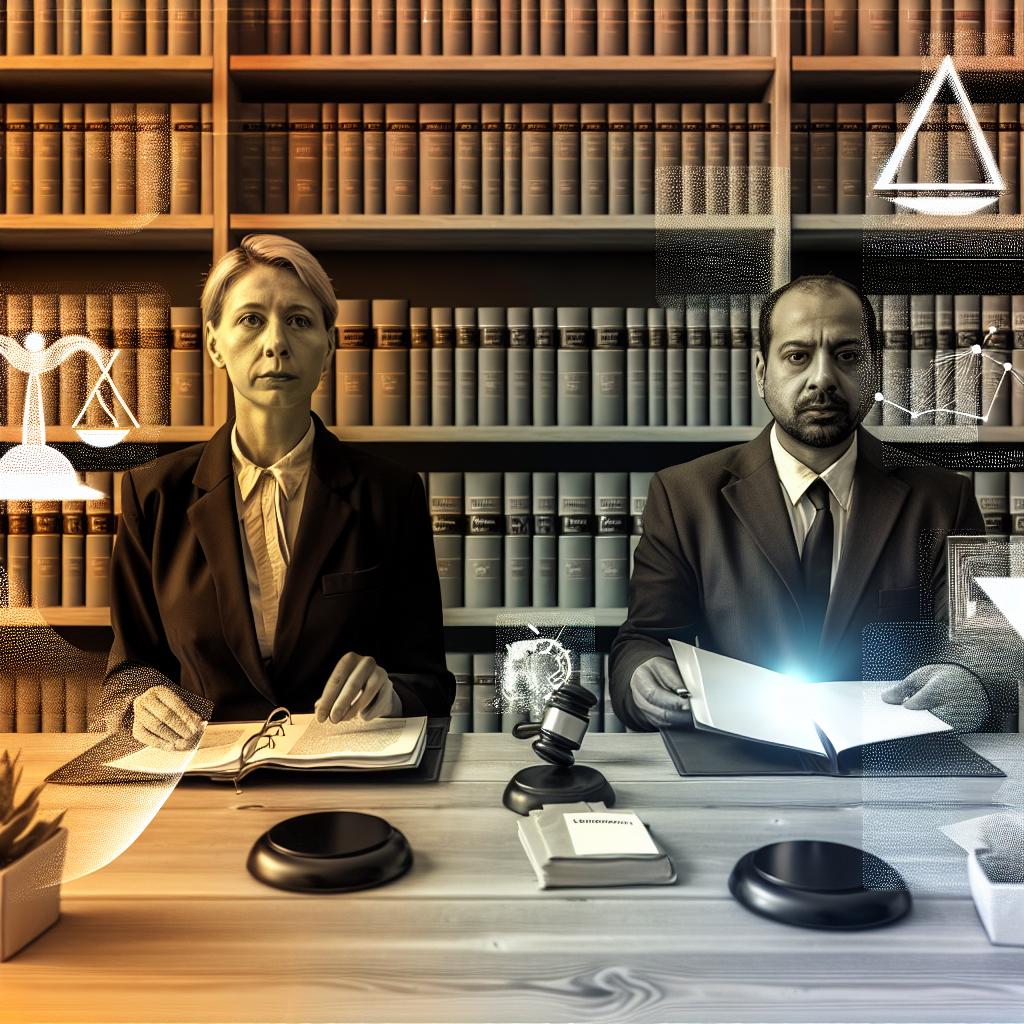Understanding Meet and Confer Requirements in Discovery
In the realm of legal proceedings, the attention to detail and thorough preparation cannot be understated, particularly during the discovery phase. Discovery plays a pivotal role in legal cases, involving the exchange of pertinent information between parties to build relevant claims or defenses. At the heart of this process lies the “meet and confer” requirement, a crucial step designed to enhance efficiency and minimize conflicts.
Purpose of the Meet and Confer Requirement
The meet and confer requirement serves a fundamental purpose. By promoting pre-trial discussions among involved parties, it aims to resolve discovery-related matters without necessitating court involvement. This not only fosters effective communication but also streamlines the discovery process by reducing disputes.
Key Objectives
The “meet and confer” requirement is established with several objectives in mind:
Resolution of Disputes: One of the primary goals is for parties to address and resolve disagreements relating to the scope, methods, and timelines of discovery. By doing so, it decreases the likelihood of requiring judicial intervention.
Narrowing Issues: An effective dialogue allows involved parties to narrow down specific areas of contention, enhancing the efficiency of the discovery phase.
Planning and Scheduling: A joint discussion focusing on creating a realistic discovery plan, including timelines and key action items, is encouraged to maintain the case’s momentum.
Legal Framework
While jurisdictions may differ in their exact stipulations regarding the meet and confer requirement, the underlying principles typically share common objectives. These principles are generally encapsulated in local rules governing civil procedures.
Federal Rules of Civil Procedure
The Federal Rules of Civil Procedure, particularly Rule 26(f), provide guidance on the meet and confer expectations. This rule mandates that parties engage in a conference to formulate a coherent and comprehensive discovery plan while addressing potential disputes.
Requirements
The specific requirements under this framework include:
– Parties are expected to discuss the foundations of their claims and defenses, identifying possible agreements or related concerns.
– There is encouragement for considering avenues that might lead to settlement or resolution of the case.
– Development of a proposed discovery plan that outlines topics such as the timing and the scope of discovery is crucial.
Timing and Format
The scheduling and structure of a meet and confer session largely depend on the jurisdictional guidelines and the case’s unique characteristics.
When to Meet
A meet and confer is ideally conducted early in the litigation process, often before any formal discovery requests are issued. Initiating this discussion at an early stage can lay a foundation for a cooperative and focused discovery phase.
Conducting the Meeting
The format of the meet and confer can vary. While face-to-face meetings may be preferred by some, others can opt for video conferencing or telephonic communication, based on convenience and preference. Regardless of the chosen format, it is imperative that all parties come to the meeting prepared to clearly articulate their positions and concerns.
Documenting the Process
Comprehensive documentation of the meet and confer discussions is essential. Parties should meticulously record details of topics discussed, agreements reached, and any ongoing issues. This documentation serves as a reference point and may prove invaluable should further court intervention become necessary.
Benefits and Challenges
While the meet and confer requirement offers substantial benefits, it is not without its challenges. The ability to navigate these effectively determines the success of the process.
Benefits
Streamlined Discovery: By proactively addressing potential disputes, the discovery process becomes more streamlined and focused, thereby reducing potential delays.
Cost Reduction: Resolving issues without requiring court intervention can significantly decrease legal expenses for both parties, making it economically beneficial.
Improved Relationships: Encouraging a spirit of cooperation and mutual respect can lead to improved working relations between parties, facilitating productive interactions.
Challenges
Resistance or Non-Compliance: One of the hurdles may be the non-cooperative stance of a party, which can impede the progress of discussions and necessitate court involvement.
Complexity of Issues: Certain cases involve intricacies that make agreement on all aspects challenging, requiring skilled negotiation and compromise.
Varied Interpretations: Differences in understanding procedural requirements can result in miscommunication and prolonged discussions that need careful resolution.
To sum up, the meet and confer requirement is an indispensable component within the discovery process, aimed at promoting a more efficient and collaborative litigative environment. When executed effectively, it facilitates smoother legal proceedings, conserving judicial resources and benefiting the broader judicial system. The emphasis remains on fostering communication, understanding, and negotiation skills among parties, underscoring the critical nature of this requirement in achieving a fair and just resolution in legal disputes.
